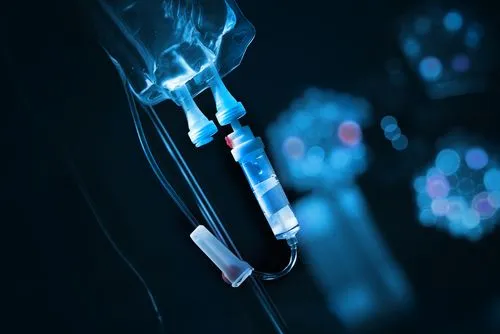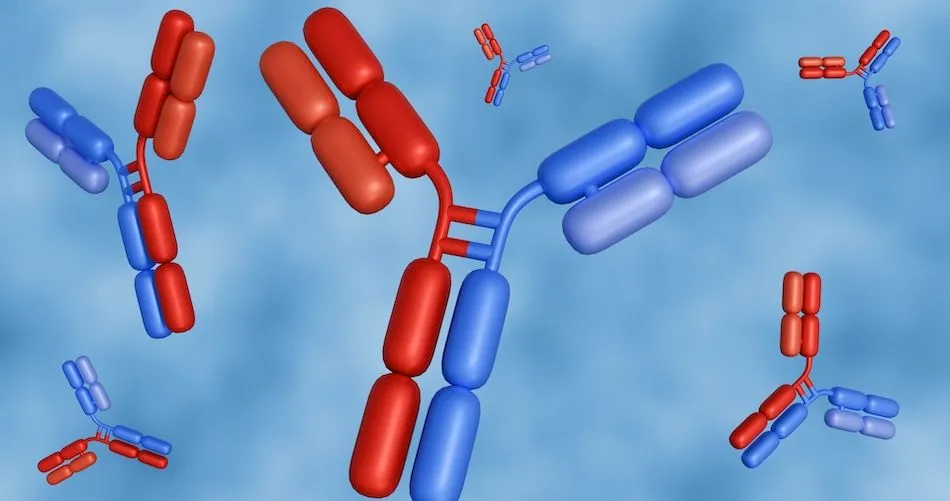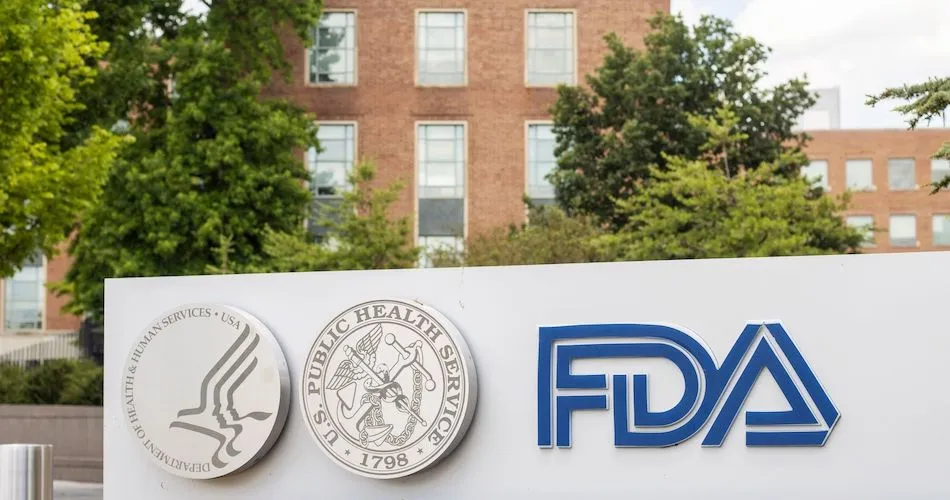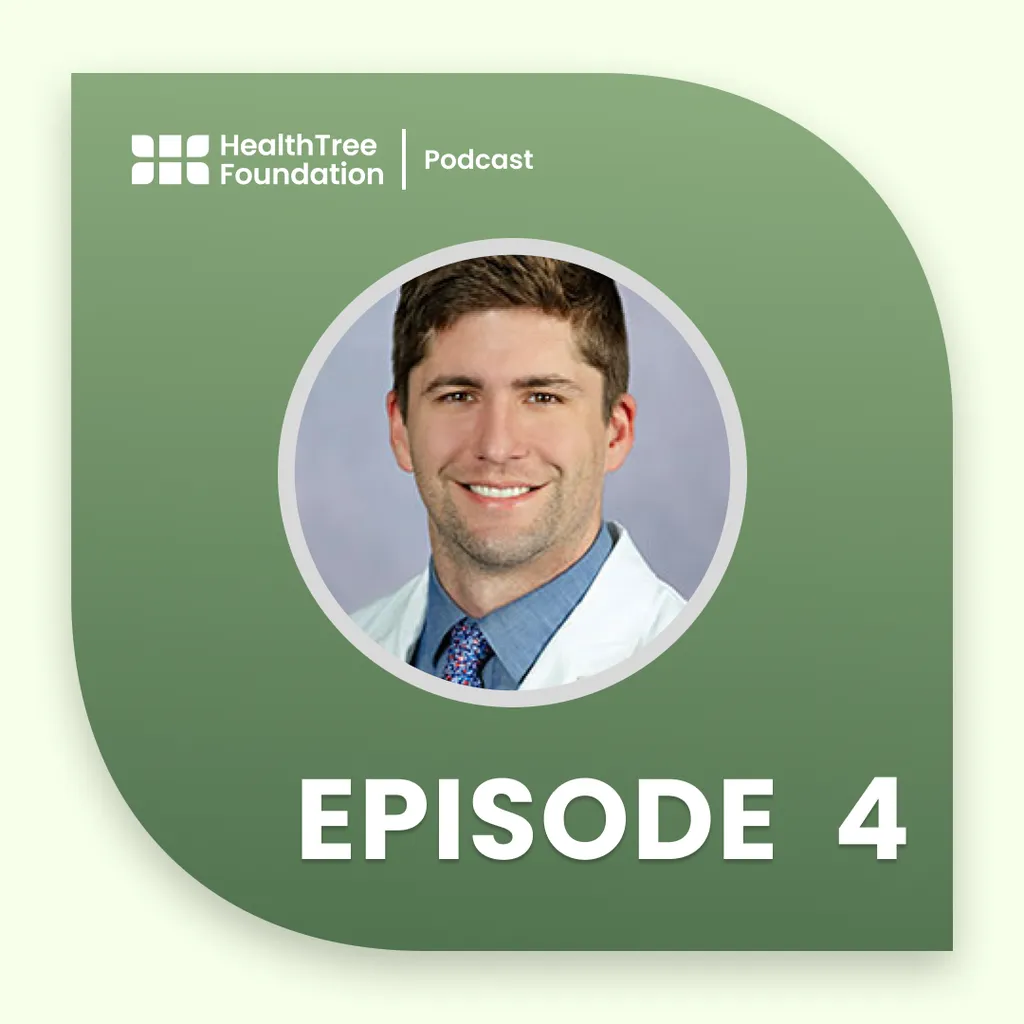The Importance Of Residual Disease Testing Before Transplant

In the United States, about 20,000 adults are diagnosed with AML each year. One in three patients live past 3 years. “AML accounts for 1% of all new cancer cases, and adults ages 65 and older are more likely to receive a diagnosis.” Leukemia may affect red blood cells, white blood cells, and platelets. Tests that examine the blood and bone marrow are used to diagnose AML.
Researchers at the National Institutes of Health have recently discovered that it is essential to screen patients prior to a bone marrow transplant. Their findings suggest that some residual disease may still be present in the blood even when a patient is considered “in remission”. Lingering traces of leukemia make a transplant less effective.
In the current study, researchers wanted to show that “screening patients in remission for evidence of low levels of leukemia using standardized genetic testing could better predict their three-year risks for relapse and survival.” Ultra-deep DNA sequencing technology was used to screen 1,045 adults in remission who were all preparing for a bone marrow transplant.
Patients were screened for various mutations common with AML. The two most commonly found were: NPM1 and FLT3-ITD. 822 adults were found with one of these common mutations. After testing, residual traces of leukemia were found in 142 of the patients (1 in 6).
The outcomes for these 142 patients were:
- 70% NPM1 or FLT3 patients relapsed
- 39% NPM1 or FLT3 patients survived more than 3 years
- Only 21% of patients without any trace of leukemia relapsed after 3 years
- 63% of patients without any trace of leukemia survived
This data offers insight into the decisions that need to be made for a person’s treatment before and after transplant. “For that one person out of six, the transplant often isn’t going to be enough. Other options might include also enrolling in a clinical research trial or considering additional or different therapies.”
In order to reduce a patient’s chance of relapse and survival success, this study provides the directive to test for residual disease before transplant. This information can also help doctors consider pre-transplant regimens and chemotherapy.
Adults who had persistent mutations, but were under the age of 60 AND received higher doses of chemotherapy before transplant, remained cancer free after 3 years, compared to those adults who received a lower dose of chemotherapy. Those patients who received a lower dose of chemotherapy had more transplant success when the drug, mephalan, was added to their treatment regimen.
“Finding bold and innovative approaches, including precision therapy for AML, is essential to the Biden Administration’s goal to cut the death rate from cancer in half within the next 25 years,” said James H. Doroshow, M.D., Deputy Director for Clinical and Translational Research at the National Cancer Institute (NCI).
In the United States, about 20,000 adults are diagnosed with AML each year. One in three patients live past 3 years. “AML accounts for 1% of all new cancer cases, and adults ages 65 and older are more likely to receive a diagnosis.” Leukemia may affect red blood cells, white blood cells, and platelets. Tests that examine the blood and bone marrow are used to diagnose AML.
Researchers at the National Institutes of Health have recently discovered that it is essential to screen patients prior to a bone marrow transplant. Their findings suggest that some residual disease may still be present in the blood even when a patient is considered “in remission”. Lingering traces of leukemia make a transplant less effective.
In the current study, researchers wanted to show that “screening patients in remission for evidence of low levels of leukemia using standardized genetic testing could better predict their three-year risks for relapse and survival.” Ultra-deep DNA sequencing technology was used to screen 1,045 adults in remission who were all preparing for a bone marrow transplant.
Patients were screened for various mutations common with AML. The two most commonly found were: NPM1 and FLT3-ITD. 822 adults were found with one of these common mutations. After testing, residual traces of leukemia were found in 142 of the patients (1 in 6).
The outcomes for these 142 patients were:
- 70% NPM1 or FLT3 patients relapsed
- 39% NPM1 or FLT3 patients survived more than 3 years
- Only 21% of patients without any trace of leukemia relapsed after 3 years
- 63% of patients without any trace of leukemia survived
This data offers insight into the decisions that need to be made for a person’s treatment before and after transplant. “For that one person out of six, the transplant often isn’t going to be enough. Other options might include also enrolling in a clinical research trial or considering additional or different therapies.”
In order to reduce a patient’s chance of relapse and survival success, this study provides the directive to test for residual disease before transplant. This information can also help doctors consider pre-transplant regimens and chemotherapy.
Adults who had persistent mutations, but were under the age of 60 AND received higher doses of chemotherapy before transplant, remained cancer free after 3 years, compared to those adults who received a lower dose of chemotherapy. Those patients who received a lower dose of chemotherapy had more transplant success when the drug, mephalan, was added to their treatment regimen.
“Finding bold and innovative approaches, including precision therapy for AML, is essential to the Biden Administration’s goal to cut the death rate from cancer in half within the next 25 years,” said James H. Doroshow, M.D., Deputy Director for Clinical and Translational Research at the National Cancer Institute (NCI).

about the author
Lisa Foster
Lisa Foster is a mom of 3 daughters and 1 perfect grandchild, a puzzle lover, writer and HealthTree advocate. She believes in the mission of the foundation and the team that builds it forward. She calls Houston, Texas home.
More on Treatment Advances
Trending Articles

Get the Latest Acute Myeloid Leukemia Updates, Delivered to You.
By subscribing to the HealthTree newsletter, you'll receive the latest research, treatment updates, and expert insights to help you navigate your health.

















